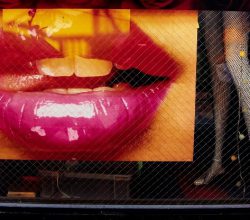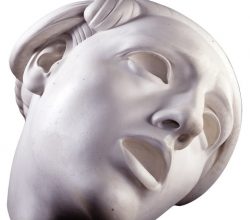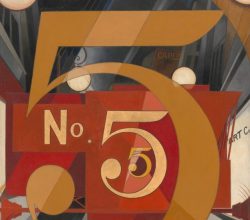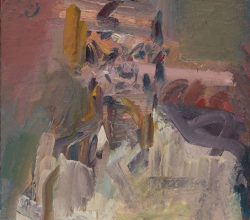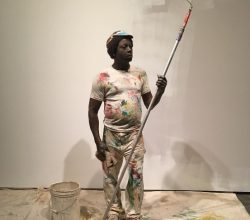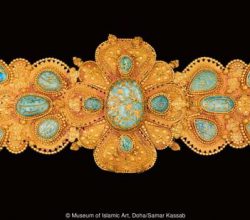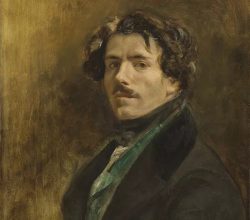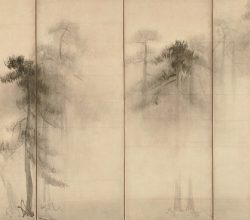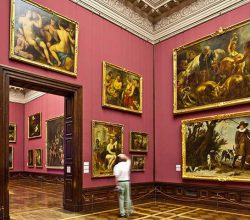
EASEL ESSAY: Not just for “nerds”: vivid stories from the Old Masters
Morgan Meis and Keith Christiansen | The-Easel | 10th April 2018
Why do we still pay attention to Old Masters paintings? There are a handful of famous names – Rembrandt, Vermeer, Velázquez, Michelangelo – toward whom adulation seems obligatory. Yet, walking the galleries of a major museum, you quickly realize there are many others. With their ornate gilded frames and often perplexing subjects, why should their works command modern attention? Indeed, why do museums continue to acquire them?
Keith Christiansen, a self-confessed addict of paintings by the Old Masters, is the John Pope-Hennessy Chairman of the Department of European Paintings at New York’s Metropolitan Museum. Recently Morgan Meis, Contributing Editor of The Easel, talked to Keith about the modern relevance of these works. Keith’s response to the topic was, well, emphatic.

